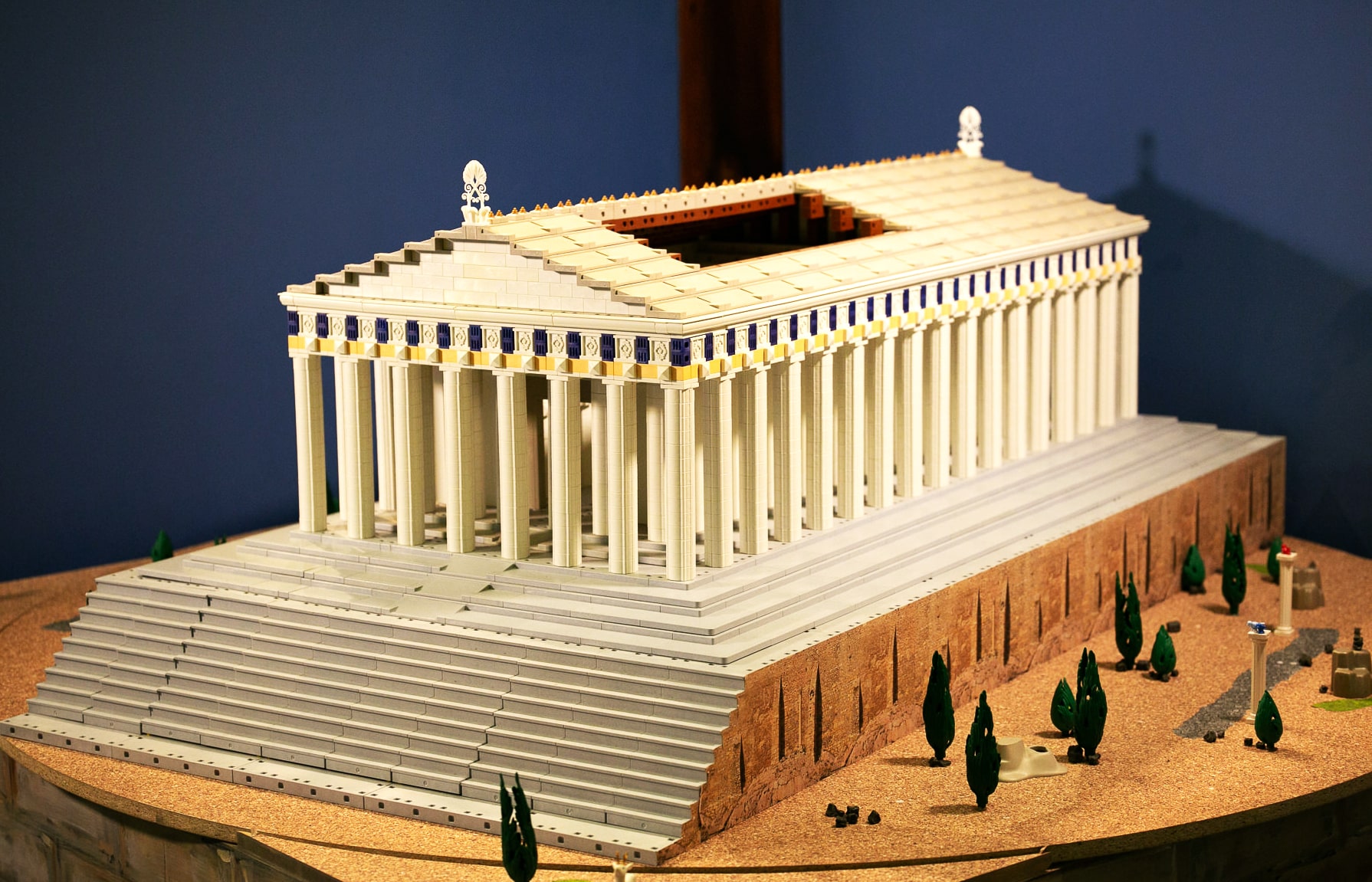Foreign travelers arriving in the East from the 15th century (merchants, pilgrims to the Holy Land, European diplomats in Constantinople with a large entourage, aristocrats who travel having personal and scientific quests, mercenaries, spies, adventurers, painters, scientists, such as architects, geographers, botanists, etc.) are impressed by the diversity, the colorful costumes, the landscape, the antiquities.

Η Ακρόπολη, από την οικία του Louis-François-Sebastien Fauvel, Γάλλου προξένου στην Αθήνα. Λιθογραφία του Louis Dupré (1789-1837)
"At two o’clock dinner was served…My host …pointed out the clothing
of the woman who served us: it was the drapery of the ancient
Greeks to perfection, especially in the horizontal and undulating
folds that formed above the breast and met the perpendicular folds
which marked the border of the tunic. The coarse cloth in which this
woman was dressed also contributed to the likeness;"
François René de Chateaubriand (1811)
Especially in the 17th and 18th centuries, archaeologists, antiquarians, antiquaries and antiquities traders, come from everywhere in Europe to see, record, study and draw ancient monuments, discover and collect antiquities that will enrich private collections and Great museums’ collections in Europe.

Ο Παρθενώνας. Λιθογραφία του Louis Dupré (1789-1837)
"The first thing that strikes you regarding the monuments of Athens
is their beautiful colour. In our climate, in an atmosphere full of
smoke and rain, stone of the purest white soon becomes black or
greenish. The clear sky and bright sun of Greece merely grant the
marble of Paros and Pentelicos a golden hue similar to that of ripe
ears of corn or autumn leaves."
François René de Chateaubriand (1811)

The Parthenon, 5th century BCE. Diorama by Dennis Vagopoulos.
 "During my first visit to Greece
"During my first visit to Greece of being present when the Parthenon
of the picturesque beauty and high
Edward Dodwell (1806)

Foreign travelers taking sculptures and architectural members from an ancient temple. Diorama by Angelo Giakoumatos.








